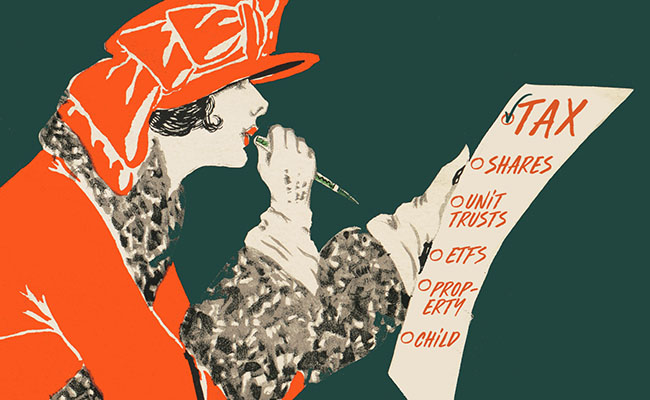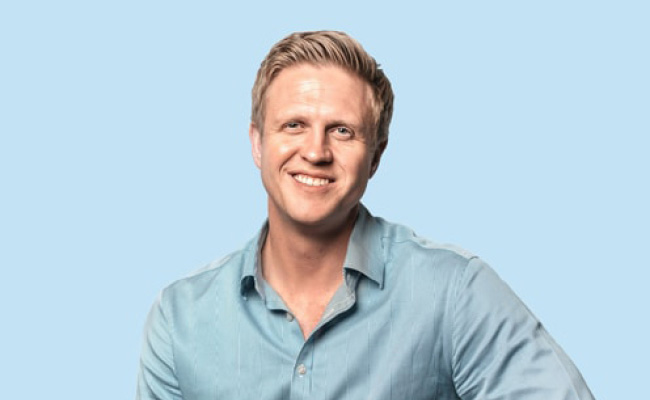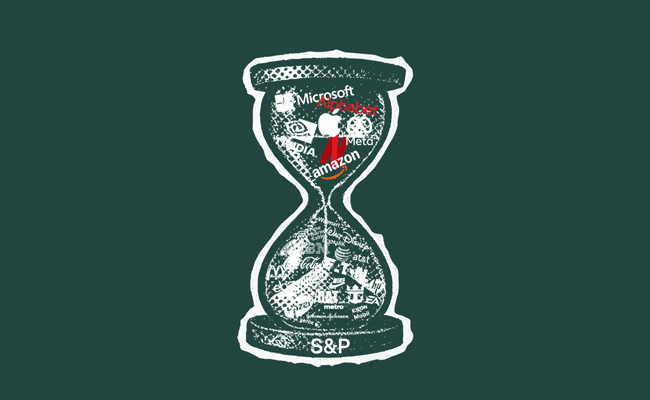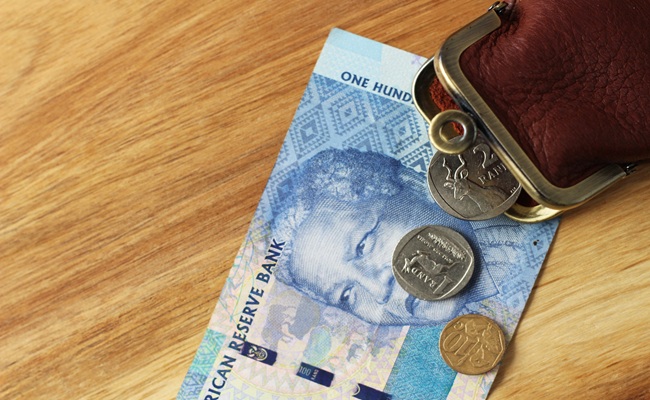Absolut Wealth Management financial adviser and former macroeconomic strategist Joanne Baynham knows a thing or two about markets. So when she posted on X: “Here is some free financial advice: tax planning comes before investment planning,” we sat up.
But what does tax first, investment later look like in practice?
“Tax planning is not just ‘Go regulation 28’, because that’s what everyone does,” says Baynham. “The thinking being: ‘you leave the money in a pension fund, it can grow tax free inside the vehicle until you retire and then happy days.’ The problem is that when you start drawing that money your tax rate can be very high, especially if you’ve saved a lot of money.”
This is especially pertinent for high-net-worth individuals, though any way to pay lower tax will ultimately mean you retire with more money and will have more to leave to your heirs if you so choose. Or, looked at another way: you need less money to invest to achieve your desired result.
The answer is to get as savvy in your approach to taxes as possible. For example, one of Baynham’s suggestions is to combine your annual maximum R350,000 tax deduction into a regulation 28 product and then put in some after-tax money into a local endowment fund, which after five years is 100% liquid. After that you can draw money and only pay 12% of the capital gains tax (CGT) you are liable for, rather than drawing money from your pension fund or living annuity and paying PAYE at the marginal rate on your withdrawals.
“People need to think about the tax implications of their investment portfolio before they start. On a blank sheet of paper, say: ‘I’ve got this money, where’s the best tax vehicle for my money to go,’ and then get investment advice.”
Then there’s the tax admin you may save yourself by investing in an endowment – local or offshore. “There’s nothing for you to worry about on your tax return because all the tax is paid inside the endowment,” she says. (Though note that this does not apply to estate duty.)
Baynham is adamant that the magic of savvy tax and estate planning is only really possible when you sit down with a financial adviser who goes through your cash flow first.
“What I’m discovering when I do financial cash flow analysis for people is that you can save a lot less money if you’re paying a lot less tax on that money,” she says.
Here’s another smart tip: “During your lifetime, put excess money into your pension fund every year over and above the R350,000 tax-free deduction,” she says.
“Put differently: if I didn’t put that money into a Reg 28 portfolio (because remember it’s after-tax money going in), and I invest it in my own name, every year any interest or capital gains tax is taxed in my hands. But if it were sitting inside the Reg 28 pension fund or RA, there’s no tax inside that vehicle; I only start paying tax on those “gains” when I start drawing from it via a living annuity,” she says.
But what makes excess contributions more attractive is that when you first start withdrawing from your annuity, the excess contributions are paid back first (as return of your capital) and no PAYE is due.
In other words, you could have a situation where money can sit for 15-20 years, growing net of tax, until you start having to draw it down. “If you can grow it without paying tax on it for as long as it can, you’re clearly better off,” says Baynham.
Going offshore
And what about offshore money?
“You can open a personalised structured note (SN) or an actively managed contract (AMC); in this vehicle you have huge investment choice and a taxable event only occurs when you withdraw partially or in full from the AMC/SN, at your capital gains rate of tax,” she tells Currency.
“So what I say to clients is: think about tax planning and don’t have money ‘directly’ in your name, if you can avoid it. First, it makes the admin on tax returns a nightmare, and then you can use these life assurers’ balance sheets to structure your investments by taking advantage of their tax rates.”
For example, a Ninety One sinking fund (an offshore endowment) in which you’d be taxed at a CGT rate of 12% – Ninety One’s rate as an institution, say – rather than your personal rate of 18%. (Though this is applicable only to those paying very high marginal tax rates.)
The issue, says Baynham, is that the after-tax investment returns you make are the real bottom line. “There are plenty of ways to improve one’s returns without taking excessive market risk and clever tax planning is a large part of that.”
Top image: Rawpixel/Currency collage.
Sign up to Currency’s weekly newsletters to receive your own bulletin of weekday news and weekend treats. Register here.















Thanks, interesting article
Shew, quite complicated. We need smart people like Baynham to help guide us through these issues, but I think the outcomes could be significantly better.
The article is a classic example of domain and service promotion. While the tax strategies themselves are legitimate and important for wealth management, the context and the key takeaway directly funnel the reader toward the author’s profession.
Just what I was looking for, appreciate it for posting.